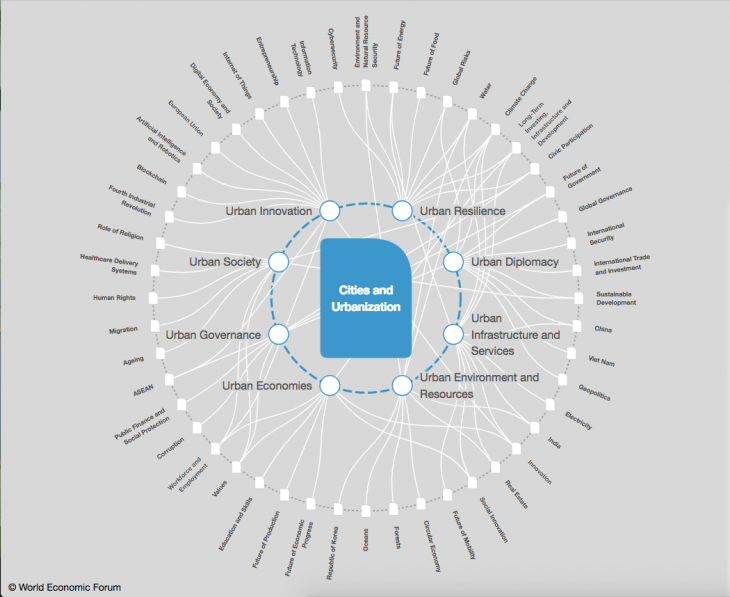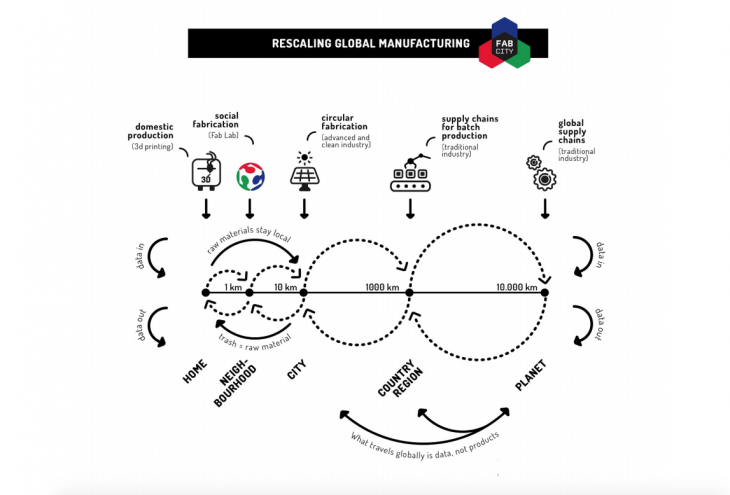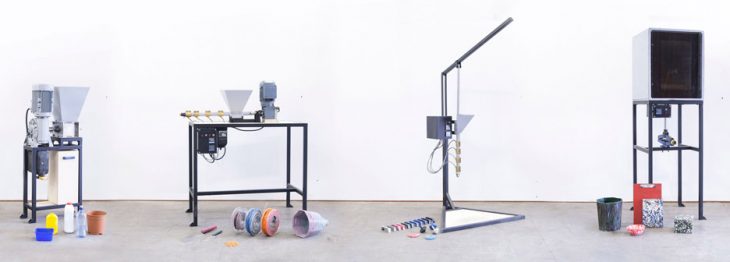Thesis Studio – Metabolic Cities
Thesis Advisor: Mathilde Marengo
Co-Advisors: Tomas Diez and Raimund Krenmueller
In 2000, around 50% of the world population lived in cities. Across the globe, the number of people living in cities will increase to 5 billion by 2025, from 3.6 billion in 2010. As of 2015 there are 35 megacities with populations of more than 10 million inhabitants, 11 more than in 2000 (ourworldindata.org).
With this we are faced with not just the challenge of overpopulation, but also water shortages, food shortages, poverty, energy shortages, inequality, unstable geopolitical situations, and of course climate change.
 Mapping Global Transformations. Source: World Economic Forum
Mapping Global Transformations. Source: World Economic Forum
Traditional models and dogmas are no longer able to grasp and interpret the meaning – or the future – of the contemporary urban context, and demand to be revised with new models of urban thinking and perspective, a new phenomenology linked to new ideologies. It is apparent that the basis of theories related to the city fail to explain the current urban dynamics, that are at work both in the networked global city, thriving on economic centrality in a global system, as well as in the new megacities, exploding under the pressure of their seemingly relentless growth (Burdett et al., 2007).
It appears that a direct relationship between activities and places no longer exists. In parallel to the accelerated and shocking speed of growth and size, the distribution of densities, land uses and morphologically differentiated areas is no longer defined. Each possible form of this evermore complex urban context brings with it its own set of social, economic and environmental consequences.
 A multiscalar and complementary fabrication ecosystem. Source: Fab City
A multiscalar and complementary fabrication ecosystem. Source: Fab City
Today only 3% of the world’s surface is considered urbanised (GRUMP) yet 70% is consumed by human processes. Moreover, it appears we have moved into an Anthropocene geological age, where human activity is the dominant influence on climate and the environment. But what does this mean for ecology? Is there a new relation between nature and artifice? Or even an integration of the two? And what is the potential of this integration towards the generation of more effective, globally connected and locally dynamic production and material cycles?
Furthermore, how can our urban fabric become a driver, through innovation, to help us face the impending challenges of overpopulation linked to water shortages, food shortages, poverty, energy shortages, inequality, unstable geopolitical situations, and climate change?
As part of the UN’s Sustainable Development goals, to be adopted by 2030, and aimed at ending poverty, protecting the planet, and ensuring prosperity for all, goal number 15 is dedicated to Life on Land. In particular, a number of the goal targets are oriented to the future of our ecology, wanting to integrate ecosystem and biodiversity values into national and local planning, development processes by 2020.
 Precious Plastics plastic recycling machines. Source: Precious Plastics
Precious Plastics plastic recycling machines. Source: Precious Plastics
People
We are determined to end poverty and hunger, in all their forms and dimensions, and to ensure that all human beings can fulfil their potential in dignity and equality and in a healthy environment.
Planet
We are determined to protect the planet from degradation, including through sustainable consumption and production, sustainably managing its natural resources and taking urgent action on climate change, so that it can support the needs of the present and future generations.
Prosperity
We are determined to ensure that all human beings can enjoy prosperous and fulfilling lives and that economic, social and technological progress occurs in harmony with nature.
From: Transforming our world: the 2030 Agenda for Sustainable Development, United Nations
It becomes more and more evident that many of the challenges we face today, are in fact not fixable, notwithstanding design’s inherent optimism oriented towards problem solving. It seems that the only way to work through these is through drastic change in our values, beliefs, attitudes and behaviour (Dunne, Raby, 2013).
Could this Anthropocene Age become fertile terrain, blurring nature and artifice, to face and design a new ecologies and productive systems towards a metabolic city, for the future of our ever-propagating urban areas, and ensure prosperity for people and a sustainable future for our planet?
